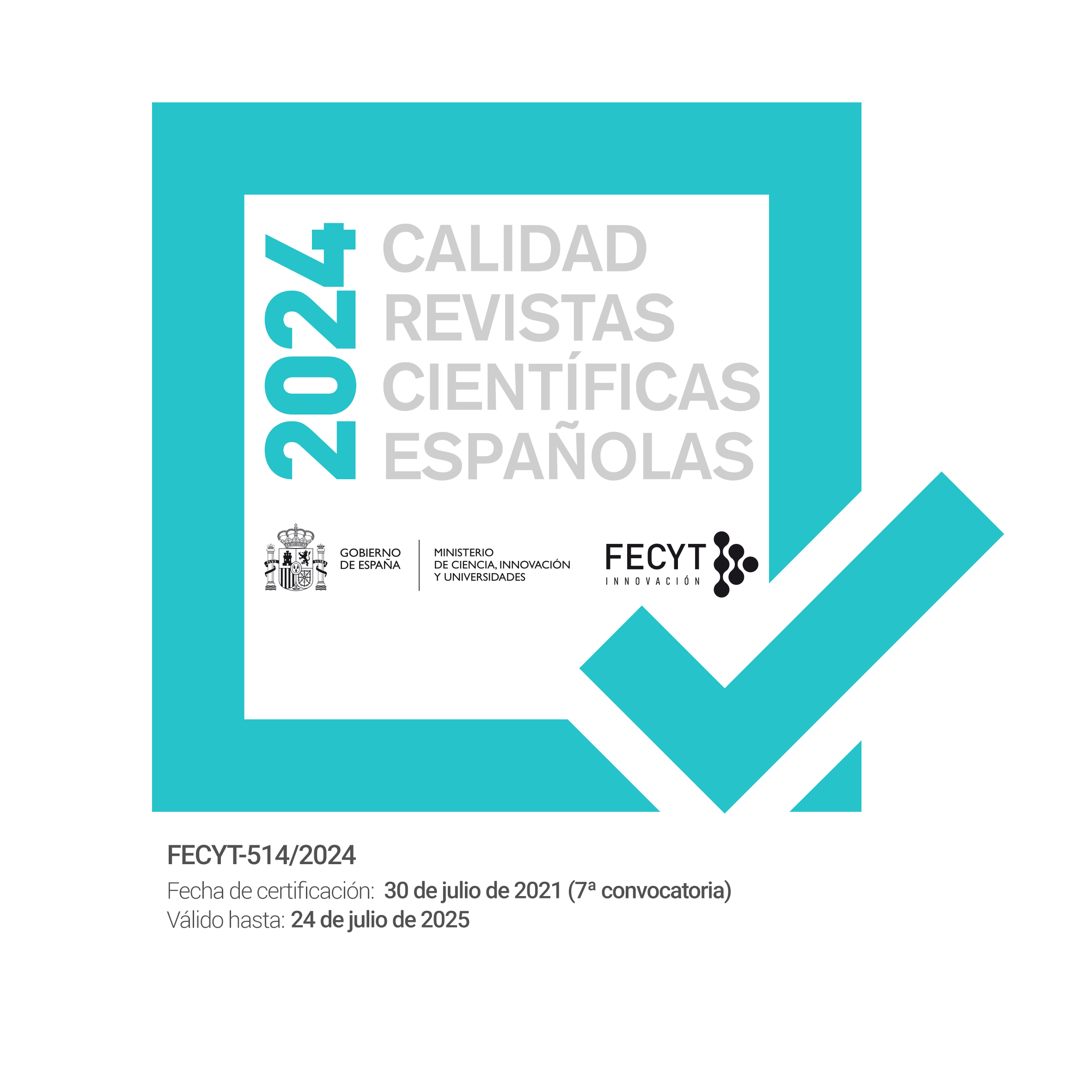IDENTITY AS A CONSTRUCT: READING BLACKNESS IN EUGENE O’NEILL’S THE EMPEROR JONES
DOI:
https://doi.org/10.12795/REN.2021.i25.10Keywords:
The Emperor Jones, Eugene O'Neill, identity, hybridity, otherness, whiteness, blackness, primitivisimAbstract
This paper aims to explore how racialized identities are typified as a modernist construct in Eugene O’Neill’s The Emperor Jones (1920). To this end, the notion of whiteness is identified as a mediated construct and contextualized in the proliferation of American minstrel shows. This popular entertainment projected to white audiences the racial means of differentiation from black caricatures and clichés at the time of segregation. The echoes of minstrel shows and modernists’ instrumentalization of 1920s primitivism serve to initially address the characterization of blackness in Brutus Jones’ identity. Assessed through this in-between construction of symbolic borderlands in which the protagonist is both colonizer and colonized, his blackness becomes a metaphorical mask of otherness while his whiteness shapes the colonial performance of material whiteness. Although he envisions the white ideal in his systematic practices in the Caribbean island, his fragmented identity and his hybridity subject him to a primeval racialized past, to primitivism and atavism.
Downloads
References
“Eugene O’Neill: American Dramatist”. Encyclopædia Britannica, April 2019. <https://www.britannica.com/biography/Eugene-ONeill> [accessed 18/04/2019]
BOEHMER, Elleke. Colonialism and Postcolonialism: Migrant Metaphors. Oxford University Press, 2005.
BUTLER, Elizabeth Cullingford. Ireland’s Others: Gender and Ethnicity in Irish Literature and Popular Culture. Cork University Press, 2001.
CHILDS, Peter. Modernism (The New Critical Idiom). Routledge, 2000.
CONRAD, Joseph. Heart of Darkness. 2012. Penguin Books Ltd., 1902.
COOLEY, John R. “The Emperor Jones and the Harlem Renaissance”. Studies in the Literary Imagination, vol. 7, no. 2, 1974, pp. 73-83.
DIGGINS, John Patrick. Eugene O’Neill’s America: Desire under democracy. The University of Chicago Press, 2007.
EDWARDS, Justin D. and Rune GRAULUND, editors. Postcolonial Travel Writing: Critical Explorations. Palgrave Macmillan, 2011.
FLOYD, Virginia, editor. Eugene O’Neill at Work: Newly Released Ideas for Plays. Frederick Ungar Publishing CO., 1981.
GILROY, Paul. The Black Atlantic: Modernity and Double-Consciousness. Verso, 1993.
HANEY, William S. “The Semiotics of Self-Revelation in Eugene O'Neill’s The Emperor JonesThe Elemental Passions of the Soul Poetics of the Elements in the Human Condition: Part 3. Analecta Husserliana (The Yearbook of Phenomenological Research) Springer, vol 28, 1990, pp. 605-615.
HARDT, Michael and Antonio NEGRI. Empire. Harvard University Press, 2000.
HULME, Peter and Tim YOUNGS, editors. The Cambridge Companion to Travel Writing. Cambridge University Press, 2013.
NASTIĆ, Radmila. “Eugene O’Neill Reconsidered: Trauma and the Tragic in The Emperor Jones”. Laconics, vol. 6, 2001, pp. 1-8. <http://www.eoneill.com/library/laconics/6/6b.htm> [accessed 21/03/2019].
NETHERCOT, Arthur. “The Psychoanalyzing of Eugene O’Neill”. Modern Drama, University of Toronto Press, vol. 3, no. 4, 1960, pp. 357-372.
O’NEILL, Eugene. “The Emperor Jones.” 1920. Early Plays, edited by Jeffrey H. Richards, Penguin Group, 2001, pp. 265-292.
SHAKESPEARE, William. Macbeth. 1623. Oxford University Press, 2009.
SHAKESPEARE, William. The Tempest. 1623. Oxford University Press, 2008.
SHEAFFER, Louis. O’Neill: Son and Artist. Cooper Square Press, 2002.
SMITH, Susan H. “The Emperor Jones and National Trauma”. Modern Drama, vol. 52, no. 1, Spring 2009, pp. 57-72.
STEEN, Shannon. “Melancholy Bodies: Racial Subjectivity and Whiteness in O'Neill's The Emperor Jones”. Theatre Journal, vol. 52, no. 3, Oct. 2000, pp. 339-359.
WHITMAN, Robert F. “O’Neill’s Search for a “Language of the Threatre””. O’Neill: A Collection of Critical Essays, edited by John Gassner, Prentice-Hall, Inc., 1964, pp. 142-164.
ZHANG, Wenqian. “Representation of Trauma in The Emperor Jones”. Studies in Literature and Language, vol. 8, no. 3, 2014, pp. 116-121.















